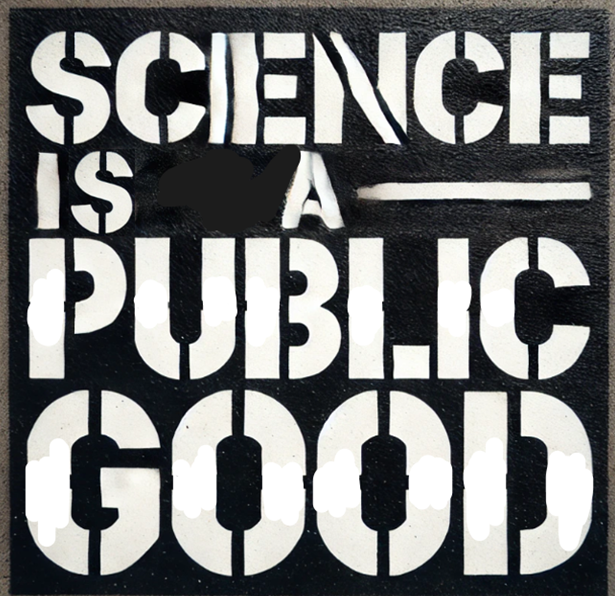The Role of Foresight in Program Design and Implementation
In a world marked by volatility and uncertainty, designing social service programs is no longer as simple as planning for the present. As the environment in which these programs operate becomes more complex, so too must the methods we use to ensure their success. Theories of change, the guiding frameworks that help organizations define their goals and strategies, are central to this effort. But are they keeping pace with an unpredictable world?
A recent article offers a compelling argument: traditional approaches to theories of change often overlook the potential for disruption and fail to consider multiple futures. Drawing on their work with Democracy Fund, a foundation focused on fostering an inclusive democracy, the authors introduce the concept of futures and foresight as critical tools for rethinking how we design and evaluate social programs.
Understanding Futures and Foresight
Futures and foresight might sound like science fiction, but they are grounded in reality. These fields involve exploring potential futures and using those insights to inform present-day decisions. While no one can predict the future, we can prepare for it by identifying trends, considering various scenarios, and challenging our assumptions about how change happens.
This approach is invaluable for organizations involved in social services. Programs designed today will operate in environments that may be drastically different from what we expect. Political shifts, economic instability, and even global crises like the COVID-19 pandemic can upend the assumptions we rely on to develop and deliver services.
Foresight offers a structured way to anticipate such changes. By thinking about multiple possible futures—not just the most likely one—organizations can stress-test their programs and ensure they are flexible enough to adapt to a wide range of conditions. In short, it helps social services remain relevant and effective, even in the face of disruption.
Why Traditional Theories of Change Fall Short
At their core, theories of change describe how a program expects to achieve its goals. They map out a linear path from activities to outcomes, often based on the assumption that the environment will remain stable. While this approach works in relatively predictable settings, it can fall apart when faced with sudden, significant changes.
Take the COVID-19 pandemic as an example. Organizations worldwide had to quickly pivot as public health measures, economic shutdowns, and shifting social dynamics created new challenges. Programs that relied on in-person services had to move online, support systems were overwhelmed, and the needs of the populations being served changed overnight. Theories of change developed before the pandemic were often ill-equipped to handle this kind of disruption.
The authors of the article highlight this gap, noting that many social service programs fail to consider how their operating context could evolve. They argue that a mature theory of change should account for multiple potential futures, both positive and negative. This doesn’t mean trying to predict the future, but rather acknowledging that the future may not look like the present—and planning accordingly.
Foresight in Action: The Democracy Fund Example
Democracy Fund’s experience provides a clear example of how futures and foresight can enhance social services. As an organization committed to promoting an inclusive, multiracial democracy, it works in an inherently complex and ever-changing system. To better understand how its programs might need to adapt, it began using foresight tools like scenario planning and trend-sensing.
Scenario planning involves imagining different future scenarios and exploring how a program would fare in each. This process helps organizations identify potential risks and opportunities that might not be apparent in a more straightforward planning approach. For Democracy Fund, scenario planning allowed them to test their theories of change against various possible futures, from political upheaval to social unrest.
Trend-sensing, on the other hand, involves regularly scanning the environment for early signs of change. By paying attention to emerging trends—whether in technology, policy, or social behavior—organizations can adjust their strategies before they are blindsided by new developments.
These tools have become integral to Democracy Fund’s approach to program design and evaluation. By using foresight to challenge their assumptions, they can create more resilient theories of change that are better equipped to handle uncertainty.
Practical Implications for Social Services
What does this mean for the administration and implementation of social services? How can professionals in the field apply these concepts in their work?
- Embrace Uncertainty (yes, really_
Social services often operate in environments where uncertainty is the norm. Rather than relying on a single, linear path to success, organizations should build flexibility into their theories of change. This means considering multiple potential futures and planning for different outcomes. - Use Scenario Planning
Scenario planning is a powerful tool for exploring how a program might need to adapt in different contexts. For example, a community health program might consider scenarios where funding is cut, where public health crises increase, or where new technologies change the way services are delivered. By preparing for these possibilities, the program can remain effective even in challenging conditions. - Engage in Trend-Sensing
Keeping an eye on emerging trends allows organizations to spot potential disruptions before they become major challenges. This might involve monitoring policy changes, demographic shifts, or technological advancements that could impact the populations they serve. Trend-sensing helps organizations stay ahead of the curve and adjust their strategies proactively. - Challenge Assumptions
Every theory of change is built on a set of assumptions. These assumptions might be about how the system operates, what interventions are most effective, or what the needs of the population will be in the future. Foresight encourages organizations to test these assumptions and consider how they might need to change in response to new information. - Foster Organizational Resilience
Resilience in social services means more than just surviving disruptions—it means thriving in the face of change. By incorporating futures thinking into their planning processes, organizations can build resilience into their programs. This might involve diversifying funding sources, developing contingency plans, or investing in staff training to handle unexpected challenges.
Join the Conversation
As professionals in social services, how do you think foresight could improve the programs you manage or work with? Have you encountered situations where a more flexible theory of change might have led to better outcomes? What trends are you seeing in your field that might signal future challenges or opportunities?
Let’s discuss how we can make social services more adaptable, resilient, and ready for the future.
Empower Your Community with Science
Access the most recent scientific discoveries delivered in plain language. Subscribe today and join us in making evidence-based knowledge accessible to everyone.


